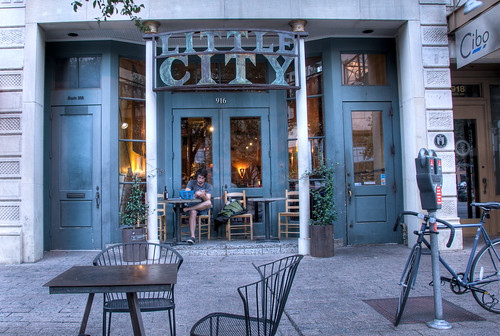(UPDATED AS OF JANUARY 25TH 2013)
To qualify for an FHA loan in Travis County the purchase price of the residence must be under $288,750. For FHA loans, you only need at least 3.5% down payment. Consider downtown Austin condos like the Avenue Lofts or the the Shore Condos, two of the five downtown buildings that are FHA approved condos.
FHA approved downtown Austin condos:
- 360 Condos
- 904 West (expired as of 10/02/2012)
- Avenue Lofts (expired as of 10/02/2012)
- Posada Del Ray
- The Shore Condos
FHA approval has ZERO to do with the quality or desirability of a building. In fact, it is smart Home Owner’s Associations and developers that open up their projects to as many financing options as possible.
-Jude













